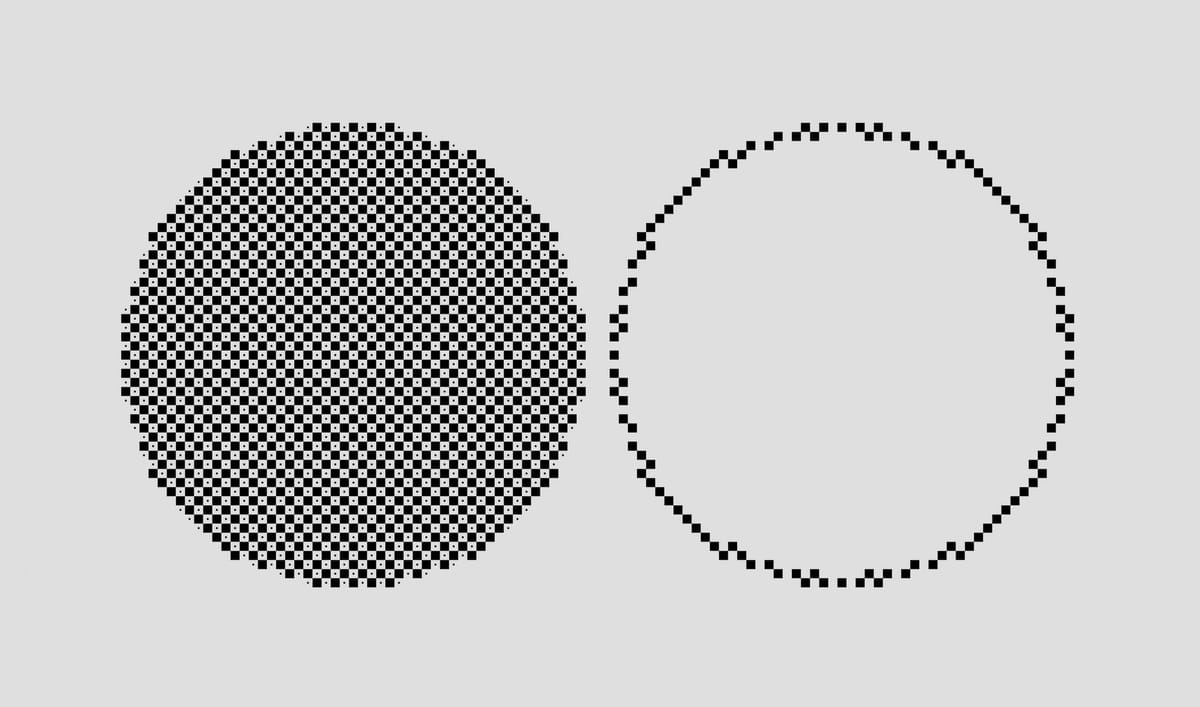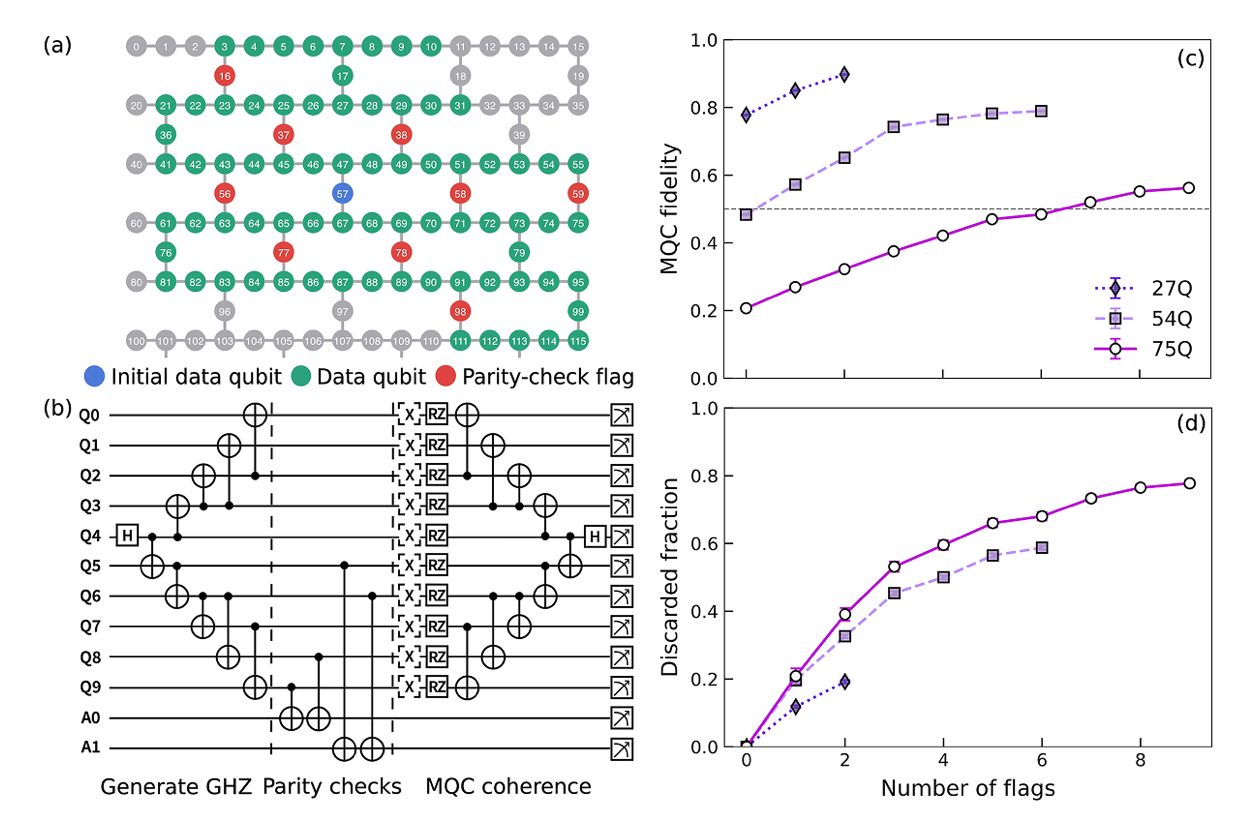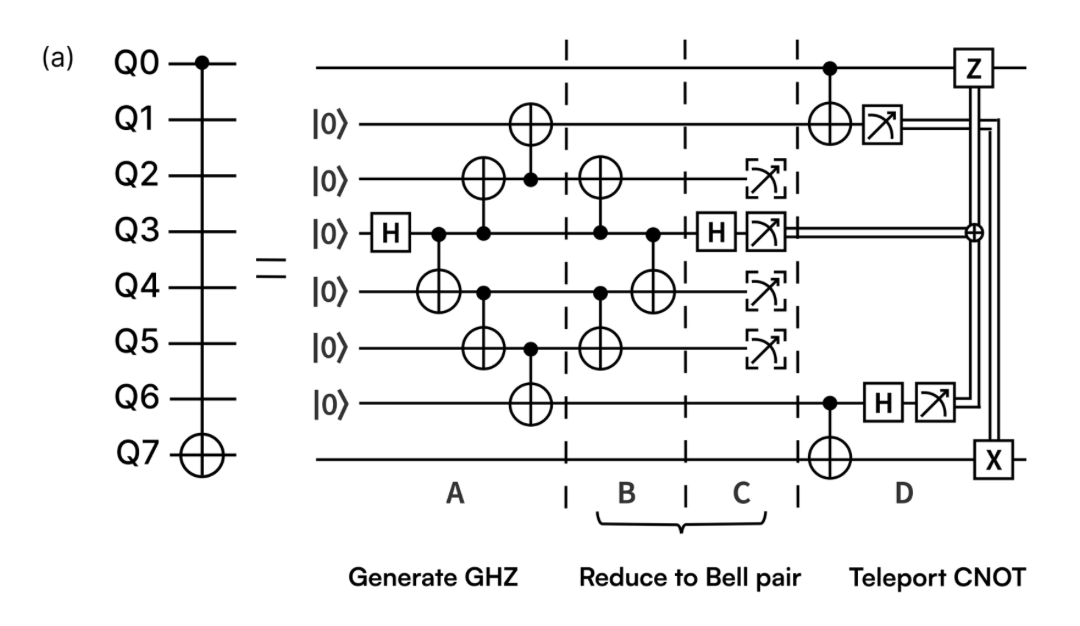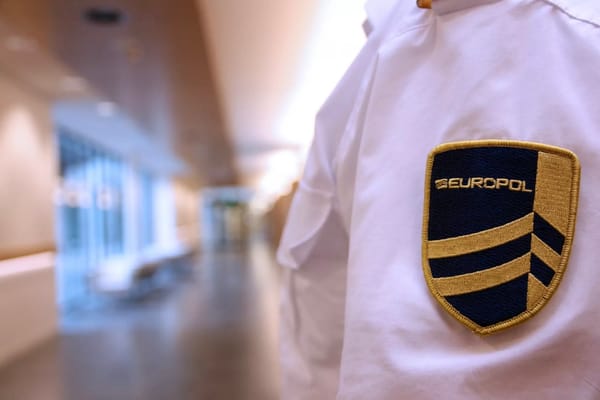Quantum pioneer squashes errors and "redefines" long-range entanglement
"This approach could allow users to experience quantum advantage earlier than expected."

A quantum infrastructure company called Q-CTRL has demonstrated a novel error suppression and detection technique, hailing it as a milestone in the development of quantum computers.
In a paper published in PRX Quantum, Q-CTRL, unveiled a new approach to quantum error correction (QEC) - which it described as a "foundational technique" in quantum.
QEC approach protects fragile quantum information from errors caused by noise and hardware imperfections. Getting this right is essential to the development of scalable, reliable quantum computing.
Although progress in experimental QEC has been fast, fully error-corrected calculations are difficult to implement on today’s hardware and often deliver limited performance gains whilst draining a large amount of resources.
Another challenge is quantum is generating large-scale quantum entanglement - which draws on a mindbending and notoriously hard to describe phenomenon where particles become linked so that the state of one influences another, no matter the distance between them.
Entanglement enables quantum computers to perform coordinated, parallel operations across qubits, increasing computational power and speed.
However, although entanglement is hard to achieve - it's a property that will be a key part of quantum computation in the future.

Previous demonstrations of large-scale entangled state preparation (the process of creating entanglement across many qubits at once) often relied on logical encoding, which builods a single qubit from multiple other qubits. This technique comes also comes with a high overhead in both qubit count and shot count, the number of times a quantum circuit is executed
Q-CTRL said it has overcome both hurdles with both QEC and entanglement through a "strategic application" of QEC primitives (a processing instruction) without logical encoding, leading to "significant advantages" on superconducting processors while only requiring a modest overhead.
It sets a new state-of-the-art method to implement of a long-range logic gate called a CNOT gate using a novel teleportation protocol based around the creation of a Greenberger–Horne–Zeilinger (GHZ) state - an entangled quantum state involving three or more qubits that are perfectly correlated - followed by disentangling step. This approach means that the final state of the disentangled qubits reveals errors that occurred during the application of the gate.
Additionally, Q-CTRL also generated large GHZ states using a protocol that allows for the integration of sparse error detection through ancillary stabiliser measurements.
Most other methods discard almost all shots at large scales, whereas Q-CTRL observes a comparatively low discard rate, in which where over 80% of the shots are kept tp of generate a 27-qubit GHZ state and over 21% in the 75-qubit state.

"This work demonstrates that QEC primitives, even without full logical encoding, can offer significant computational advantages with only modest resource overhead," said Yuval Baum, Head of Quantum Computing Research.
"By designing smart protocols, leveraging intrinsic symmetries and combining strategic error detection, we achieve high-fidelity long-range CNOT gates and generate a 75-qubit GHZ state with genuine multipartite entanglement—the largest reported to date. These results suggest that meaningful benefits from QEC are already accessible on current-generation hardware."
Q-CTRL said its "record-setting results" are a step towards "useful quantum computing" and represents a "new building block to the growing quantum error-reduction toolkit" which contribute to a global effort to build robust quantum computers.
"These demonstrations of Q-CTRL’s innovative and efficient use of an approach that combines error suppression with error detection show how these techniques can create the largest GHZ state to date, as well as enable long-range, high-fidelity CNOT gates that can be useful in quantum networking," said Doug Finke, Chief Content Officer at Global Quantum Intelligence (GQI).
"Such an approach may represent an interim step between the NISQ and the full Fault Tolerant Quantum Computing (FTQC) eras that could allow users to experience quantum advantage earlier than expected. We look forward to seeing how this approach will continue to develop and be put to use in real applications in the near future."
Read the full technical manuscript for more information.
Do you have a story or insights to share? Get in touch and let us know.




